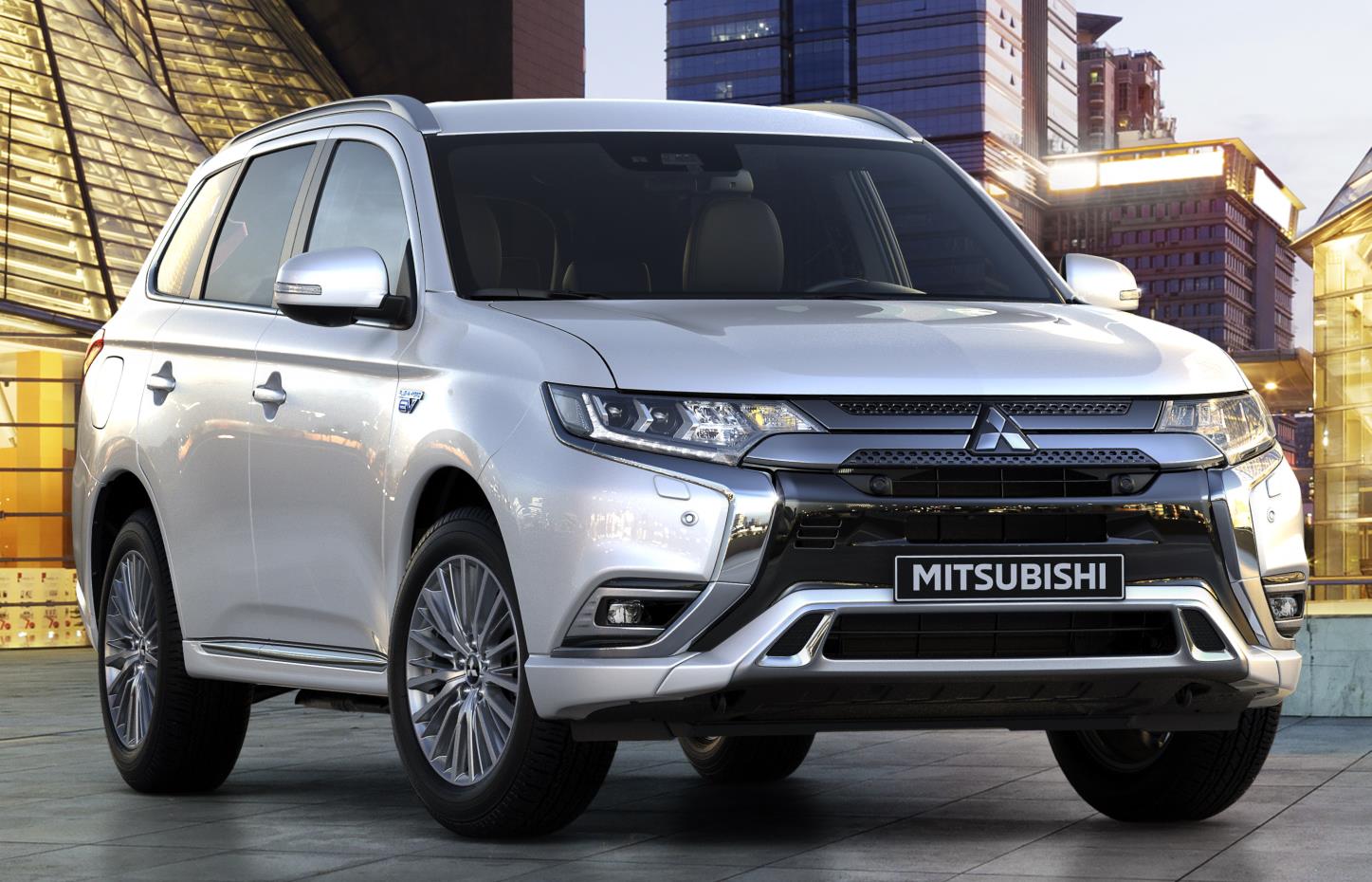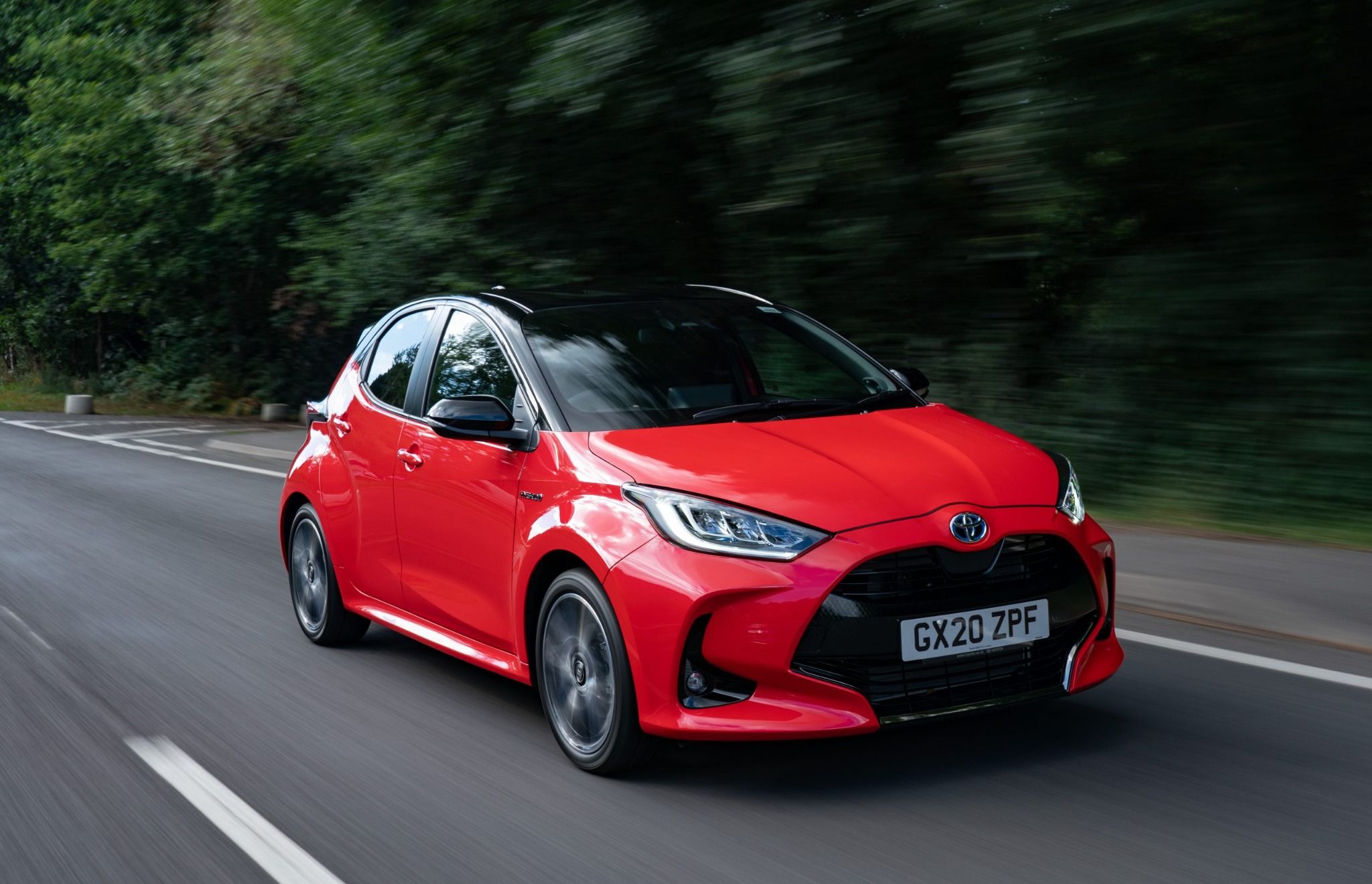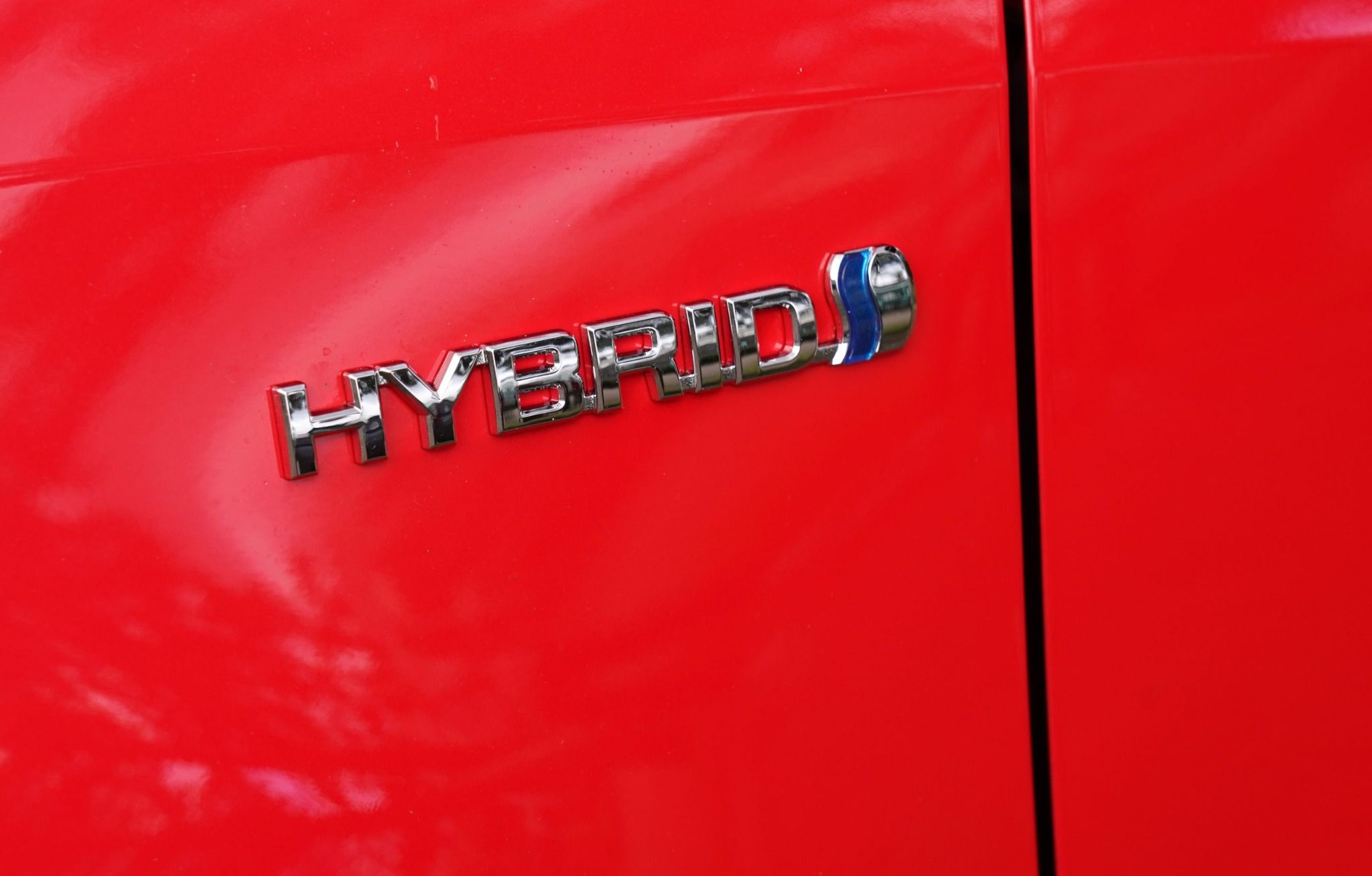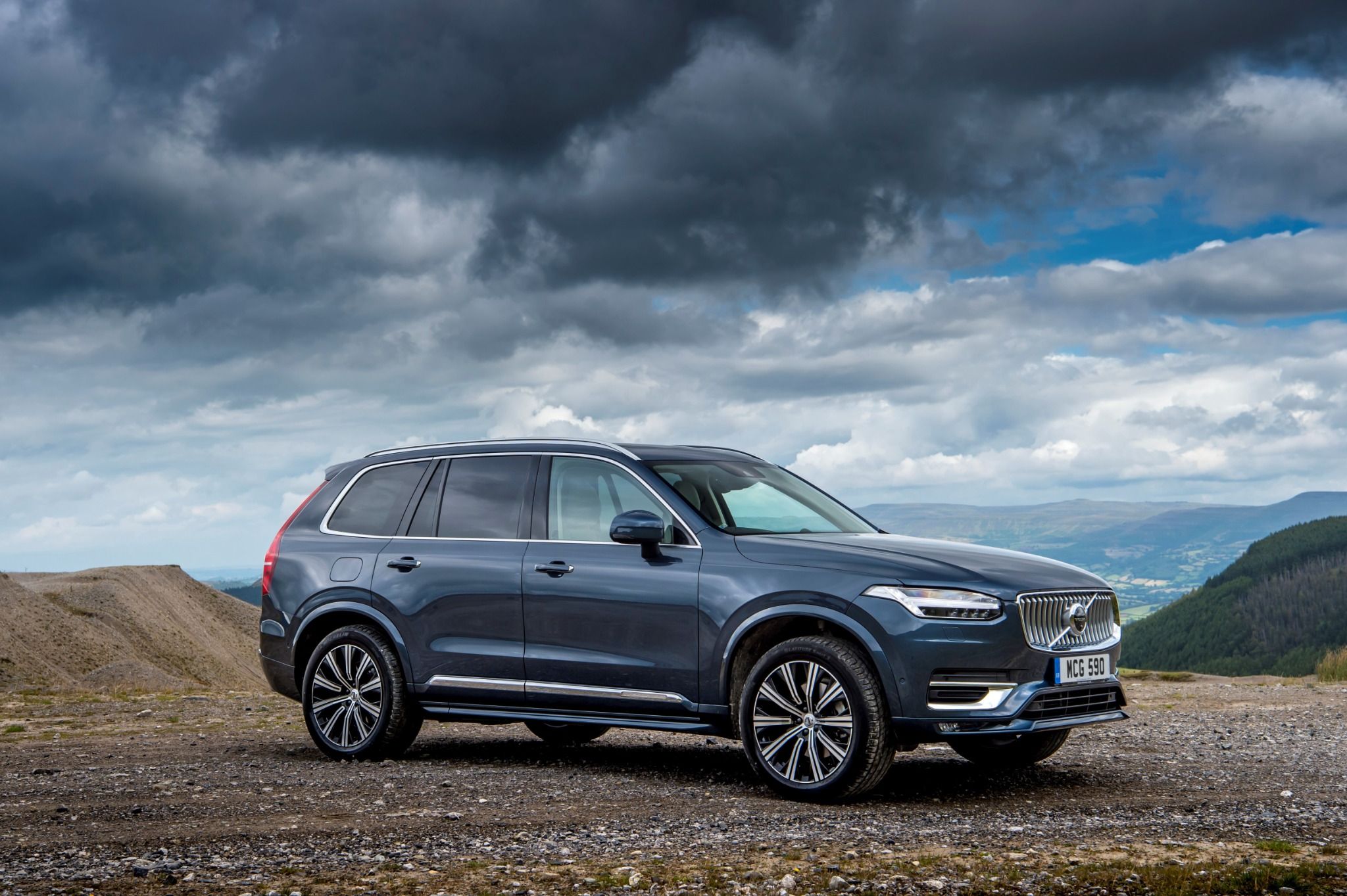What are Hybrids they and what are the benefits of choosing one?
There’s a good chance that you’ll have already encountered the term ‘hybrid’. It’s one which is being used across the board by car manufacturers while being applied to all manner of different vehicles. The thing is, it does have a tendency to mean different things depending on which car - and which car maker - you’re looking at.
So to clear things up, we’ve put together some of the key things you need to know about hybrid technology and why it could be worth making the switch to one. Let’s dive right in.
What is a hybrid?
Before we get into the nitty gritty of the different types of hybrids that are available, the first thing to cross is exactly what a hybrid is.
On a basic level, a hybrid combines a petrol or diesel engine with an electric motor and batteries. Through this process, less strain is put on the conventional engine, therefore improving its efficiency.
Some hybrids also bring an electric-only range which allows the car to move solely on electric power without the need for the combustion engine to come into play. It will have a battery-powered electric motor that will work in conjunction with the combustion engine to power the wheels.
Generally, the idea is that the electric motor takes care of the driving at low speeds or while accelerating, because that’s when a combustion engine is at its most efficient. Then, once up to speed, when the engine can run at low effort to keep things ticking along, it takes over.
The result is better fuel economy and fewer trips to the pump, which is always a good thing!

Types of hybrid
Mild hybrid (MHEV)
The mild hybrid, as you might expect, takes the principles of a hybrid but utilises them in the mildest of ways. They typically have a small battery and an electric motor that can take over running the car’s ancillaries, such as the headlights and air conditioning.
This is particularly useful, because it means the engine can be turned off to save fuel at times when it is not needed, such as when decelerating or when stopped. The important distinction here, too, is that the wheels cannot be powered by the electric motor.
While it tends to mean the engine isn’t being used at times when it’s not being particularly inefficient anyway, the economy gains are fairly small. However, on the plus side, it’s the batteries that tend to add cost to hybrids, meaning mild hybrids tend to be less expensive to buy than other models.
Hybrid / 'Self-charging' Hybrids
While all of these models are hybrids, when you hear a car referred to as simply a ‘hybrid’ alone, it tends to mean that it has the capability to run on pure electric but the batteries can only be recharged through regenerative braking.
This is when motors in the wheels ‘harvest’ energy that would normally be lost when decelerating and braking and uses it to replenish the battery charge. You might have heard the term ‘self-charging hybrid’, and this is where the term comes from – you never charge the vehicle from an external source, it recharges itself through regeneration.
The term ‘self-charging hybrid’ is often used by manufacturers to describe hybrids which cannot be charged by plugging them into the mains. These cars rely on the engine and regenerative braking - the process of recovering energy when slowing down - to keep the batteries topped up.
They can’t return the same level of electric-only range offered by plug-in hybrids, but they do often bring far better efficiency than a conventional petrol and diesel. Cars like the Toyota Yaris and Honda CR-V would fall under this umbrella.
The positive side of a hybrid is that they’re massively more economical than a mild hybrid, because you can drive on electric only, providing there’s enough charge, and they tend to be less expensive than plug-in models. The downside is that, because they rely on deceleration to charge, if you do a lot of motorway miles at a consistent speed you could find the battery is dead once you get to a town where you could use EV mode.
Plug-in hybrid (PHEV)
A plug-in hybrid (PHEV) is crucially different in that you can plug it in to charge the batteries, rather than relying on the engine or regenerative braking. One of the crucial benefits of a PHEV is that they offer a far improved electric range than a standard hybrid. The BMW X5 xDrive45e, for example, can deliver up to 54 miles of emissions-free driving, for instance, making it a great option for those who want to drive down fuel bills.
Plug-in hybrids are the ultimate form of hybrid models, because, as you might have gathered, you can plug them into an external source of electricity to charge the batteries.
This is great, because you can top the batteries up overnight and have a full charge when you head to work the next morning (or even at public fast chargers). This means you can maximise the electric-only range, and if your daily commute is quite short, you might find yourself rarely calling on petrol power, saving you lots of money in the long run.
However, the downsides are that the charging technology tends to make PHEVs pricier than other hybrids. Meanwhile, if you have no means to charge the battery yourself, you might as well save that initial cash and go for a normal hybrid.

Frequently asked questions
What is a self-charging hybrid?
You may hear the term ‘self-charging’ banded around with reference to hybrids. We’ll admit it’s a somewhat confusing way of describing these types of vehicles. In truth, there’s actually very little to separate a ‘self-charging’ hybrid from just a regular hybrid. They still use a single or pair of electric motors to assist the petrol (or in small numbers diesel) engine, and they can’t be plugged in to top up the batteries, either.
So how do you charge them? Most hybrids come with the option to use some of the engine’s power output to charge the batteries, therefore reserving some electric power for later use. In addition, nearly all hybrids harness the energy generated when braking and coasting, pushing this kinetic energy into the batteries. So really, if you hear someone talking about a ‘self-charging’ hybrid, they’re just talking about a hybrid car which can’t be plugged into the mains.
Would a hybrid benefit me?
A lot of people could benefit from making the switch to a hybrid, but it really depends on what type of journeys you’re making every day. For instance, those who do shorter commutes or trips day-to-day are definitely candidates for the swap to a hybrid; it’s on more compact trips that hybrids can run on all-electric power alone meaning that emissions are practically zero - while the car’s overall consumption of fuel will be kept as low as possible.
In contrast, if you’re travelling further afield more regularly while at higher speeds, then a conventionally powered car may still be your best bet. Hybrids struggle to run on electric power at motorway speeds and for long distances, after which the smaller combustion engine is left to deal with propulsion all by itself, resulting in higher emissions and poor fuel economy.
Why should I make the switch to a hybrid
If you’re looking to reduce fuel costs and pay less tax, then a hybrid could be a good way to go. Many PHEVs, for example, can return well over 100mpg with the batteries fully charged, meaning that trips to the fuel station should be few and far between. Plus, with a decent electric range, you’ll be able to travel at rock-bottom prices by using electric power alone which is generated by charging at home.
Already the demand is so great that it’s entirely possible to buy an electric vehicle today, drive it for a year, put 10,000 miles on the clock and still sell it at a profit. Used car market analysts at specialist company Cap Hpi say that a pure electric car, the Peugeot iOn, went up 8.6% in value over a year, adding £425 to what an owner could ask for it. The Nissan LEAF added 4% or £450 and there’s a similar picture with hybrids.
But is a hybrid a good choice for all drivers?
It all boils down to what type of driving you’re doing. If you’re undertaking longer trips, or often find yourself on the motorway, then an efficient petrol or diesel is still likely the best choice. Travelling at higher speeds for long stretches quickly depletes a hybrid’s power reserves, so long-distance drivers won’t see the economy gains whatsoever.
However, if you’re only ever doing shorter journeys then a hybrid could represent a wise choice. After all, even a small electric range can bring your fuel usage down, while travelling at lower speeds and in urban areas gives hybrids more of an opportunity to generate energy by slowing down. So assess the type of driving you’re doing, and go from there - but for many, switching to a hybrid could be a smart thing to do.


Are hybrid cars are reliable?
You might think that because a complex powertrain and a multitude of new technologies are incorporated into a hybrid’s setup that they’d be less reliable than a conventional car, but that’s not the case. In fact, many older hybrids have put big miles under their wheels with little to no fuss, and because of the stronger regeneration you get from a hybrid, there’s less stress on the brakes too.
Do you get a plug-in grant?
The short answer to the question of whether hybrids qualify for the government’s plug-in grant is, sadly, no. Back in March 2019 the government announced that it was axing the plug-in grant for hybrid vehicles following a surge in their popularity. Only all-electric vehicles now qualify for the grant.
Are they eligible for exclusion from low emissions zones?
Some hybrids are eligible for an exclusion from London’s low-emissions zone charge, but the rules are far more stringent than they previously have been. Now, only hybrid cars which emit less than 75g/km CO2 and have a minimum zero-emissions (or all-electric) range of 20 miles will be completely exempt from the charge. It means that older vehicles may not get the discount.
Plus, it’s worth remembering that in 2021, London’s Ultra Low Emissions Zone is set to extend to the north and south circular, and hybrids - of all kinds - won’t be able to get an exemption from the charge.

10 Interesting Facts About Hybrids
1: The very first hybrid was conceived as far back as 1902 when a certain Dr. Ferry Porsche built the 'Mixte'. Dr. Porsche became rather better known for his later designs including the VW Beetle.
2: Toyota built its first Prius petrol/electric hybrid in 1997. Since then more than 10 million have been sold.
3: Formula One cars are hybrids; from just 1.6 litres, the best of them produce around 1,000 bhp. The electric motor has the equivalent of about 160 bhp which would be a good figure for a family hatchback.
4: Hybrids cost less in replacement brake pads and discs because the brakes are used far less than conventional cars due to regenerative braking. The electric motor is reversed when the car slows; putting energy back into the battery and it's quite possible to bring a hybrid car to a stop, without even touching the brakes.
5: According to used car market analysts, cap hpi, hybrids hold their value better than just about any other car. The Porsche Panamera E-Hybrid retains around 81% of its value after three years and 30,000 miles which helps offset the higher initial cost when buying new.
6: The used car market is seeing monthly price increases of around 1% on hybrids, as growing demand outstrips supply. New hybrids cost around 15 to 20% more, but the costs should be more than offset by much lower depreciation, slightly better fuel economy and much lower tax bills.
7: In addition to recharging points installed at home, there are now more than 13,000 publicly available ones in the UK, five times more than in 2011, and the number is growing rapidly. Oil companies such as BP are investing in charging points and by 2020 it's forecast that they will outnumber petrol stations.
8: Bentley has just launched its first luxury SUV hybrid, the Bentayga, with a petrol V6 and electric motor. Despite its bulk, the hefty Bentley can do more than 30 miles on battery power alone and has CO2 emissions of just 70 g/km.
9: Range Rover reckons that company car drivers can recover the premium they pay. For the petrol/electric P400e hybrid, the initial cost can be recovered twice over in three years thanks to the hugely lower BIK, (benefit in kind) tax liability.
10: In line with several other European countries the Government has committed to banning the sale of all new petrol or diesel cars and vans by 2040. Jaguar is just one of many car makers to confirm that by 2020 all its new models will only be electric or hybrid.